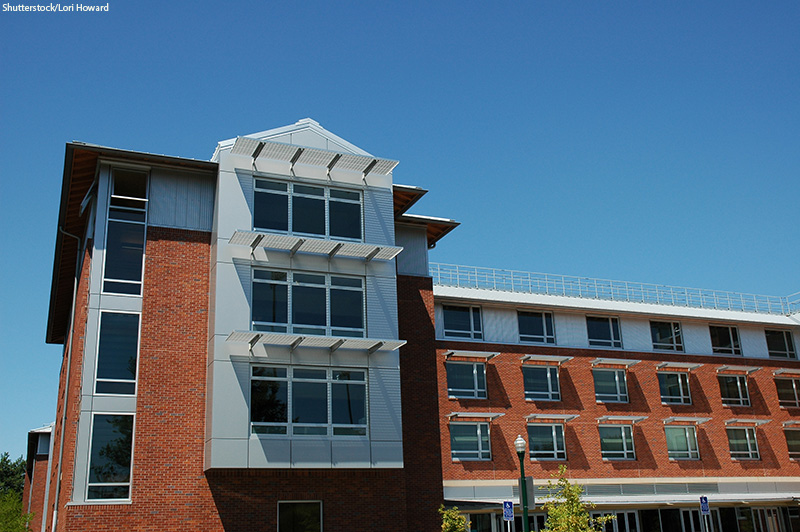
During the COVID-19 pandemic, numerous factors caused Historically Black Colleges and Universities (HBCUs) to experience a significant rise in student applications and enrollment nationwide. While enrollment rates rose at HBCUs, American colleges and universities overall suffered record-breaking enrollment declines. How, then, did HBCUs attract new students and increase their numbers? Here btw takes a closer look.
Enrollment and Application Statistics
Since 2018, applications to HBCUs rose by 30 percent, and since 2020, student enrollment at HBCUs increased by 9 percent. Morgan State University in Baltimore, Maryland, reported a 58 percent increase in undergraduate applications in 2021. In 2022, Virginia State University in Richmond, Virginia, saw the largest incoming freshman class in three decades with 1,700 enrollees. On the other hand, non-HBCUs, also known as majority colleges and universities, experienced enrollment declines, including a 10 percent decline during the COVID-19 pandemic. In 2022, there were one million fewer students enrolled in majority institutions than before the pandemic. Financial worries and rising tuition rates were among the factors that reinforced the decision to delay or drop out of college.
Why Historically Black Colleges and Universities?
Research and interviews conducted in 2022 by PBS and the New York Times provide some explanation for why HBCU enrollment is increasing. Students considered the importance of focusing on academic goals and pursuing extracurricular passions without having to think about race. Strong connections among African American professors and student organizations like sororities and fraternities were also important factors. Recently, multiple African American academics resigned from Ivy League schools and returned to teach at HBCUs. The ability to take classes with a majority-African American faculty, excited applicants and their parents.
Moreover, HBCUs appealed to this generation of students who have grown up during the political and social tensions of recent years. The PBS and New York Times investigations show that these tensions have reinforced students’ need to belong during their college experience. The value of feeling included and represented made a difference. These students have also been influenced by former President Barack Obama’s and Vice President Kamala Harriss’s prominence in recent years. Obama gave an online speech to HBCU graduates in May 2020 during the pandemic. Vice President Harris is herself a graduate of Howard University, an HBCU in Washington, D.C. that was founded in 1867.
The Funding Gap
Even with the recent enrollment increases, HBCUs are financially impacted by what is known as the funding gap. The funding gap shows that HBCUs and counterpart schools are underfunded when compared to majority institutions. The gap is widespread and affects HBCUs across the country. In 2021, The Century Foundation, a nonpartisan think tank, created a report highlighting funding inequality between HBCUs and majority institutions. The report documented differences in endowment funding. The report data showed an endowment of $7,625 per student at public HBCUs, compared to $25,390 per student at a public majority institution. The combination of rising student enrollment and the funding gap increases the financial pressure on HBCUs, which impacts the ability to invest in the future.
More Students Less Housing

Despite this funding concern, HBCU leadership continues to innovate solutions to address the on-campus housing shortages. Last year, Fisk University in Nashville, Tennessee, transformed shipping containers into small student apartments. The containers are a less expensive but temporary housing solution. Each unit includes private living spaces, kitchens, and showers. The exterior paint is school colors. Container complexes also include paved walkways and gardens. Minimalist modern design and environmentally friendly construction appeal to new residents. Local hotels are another housing option for a growing population. Students live in hotel rooms and commute to class each day. However, some parents have expressed frustration with this option due to safety concerns. Hotels are also more isolating as the traditional campus experience of living with peers increases social interaction and builds relationships. As HBCUs look toward the future, student leaders and administrators remain committed to finding new housing solutions, closing the funding gap, and maintaining the rising enrollment rates on HBCU campuses.
